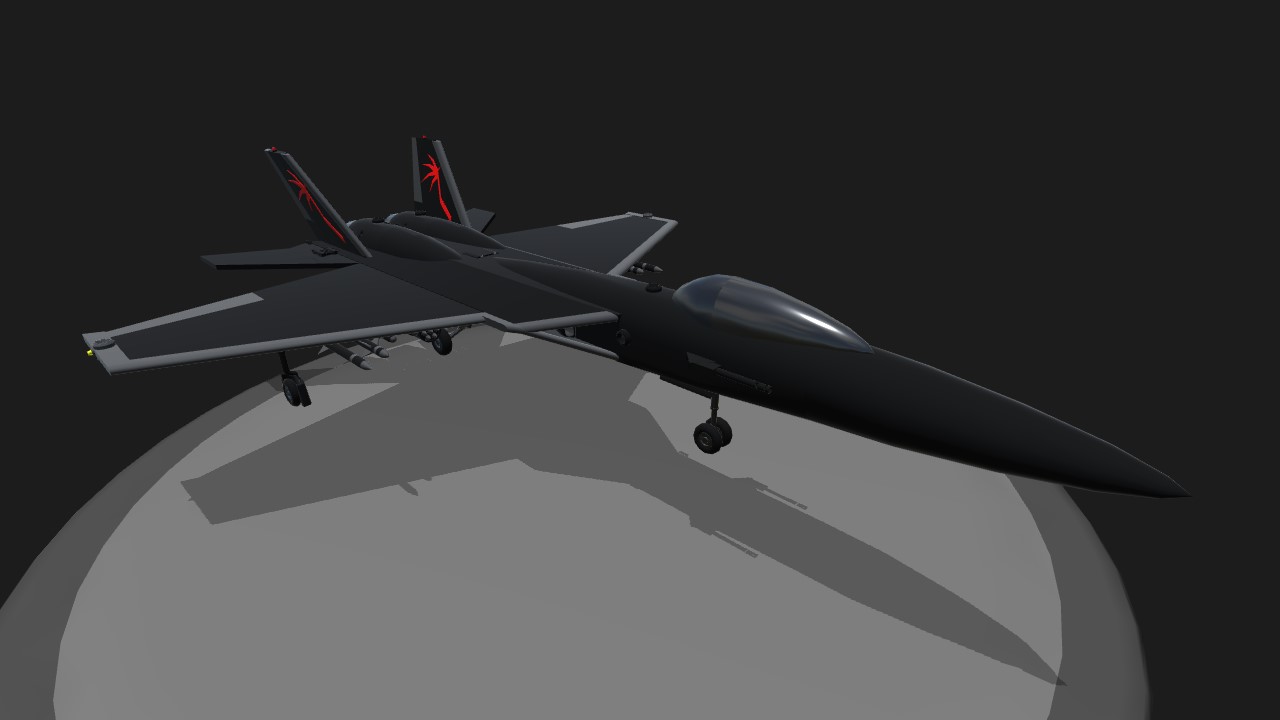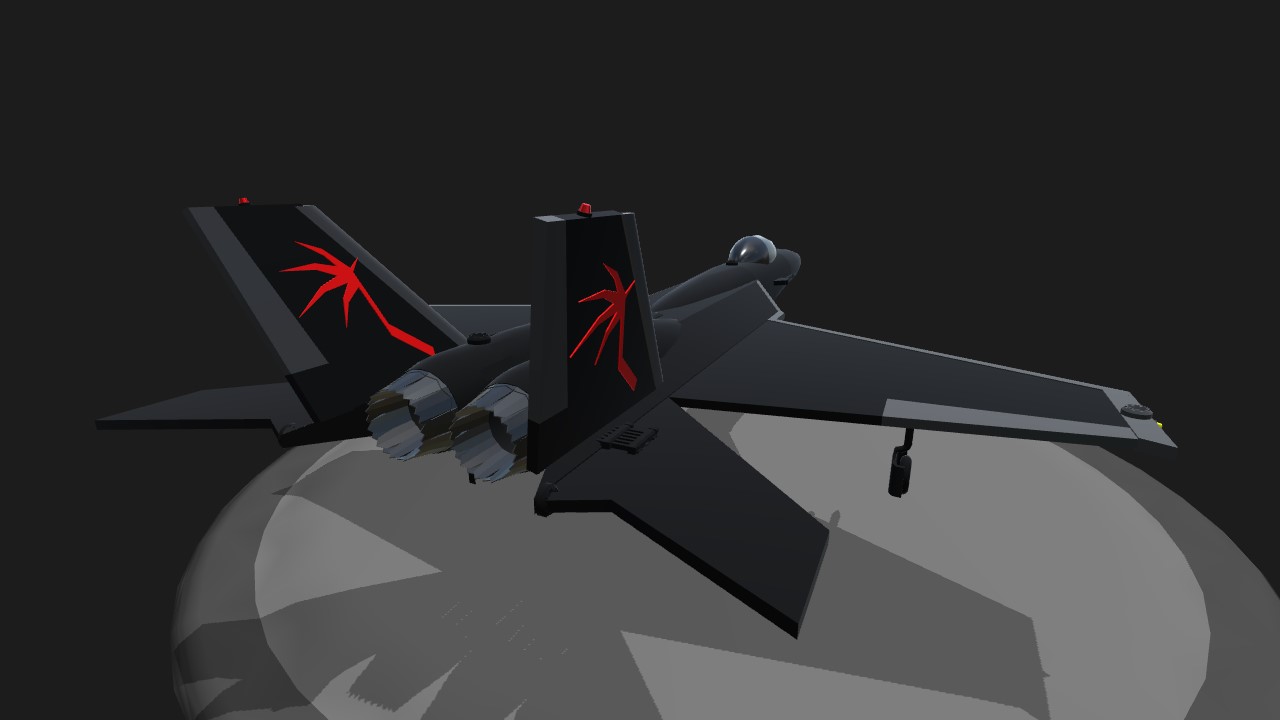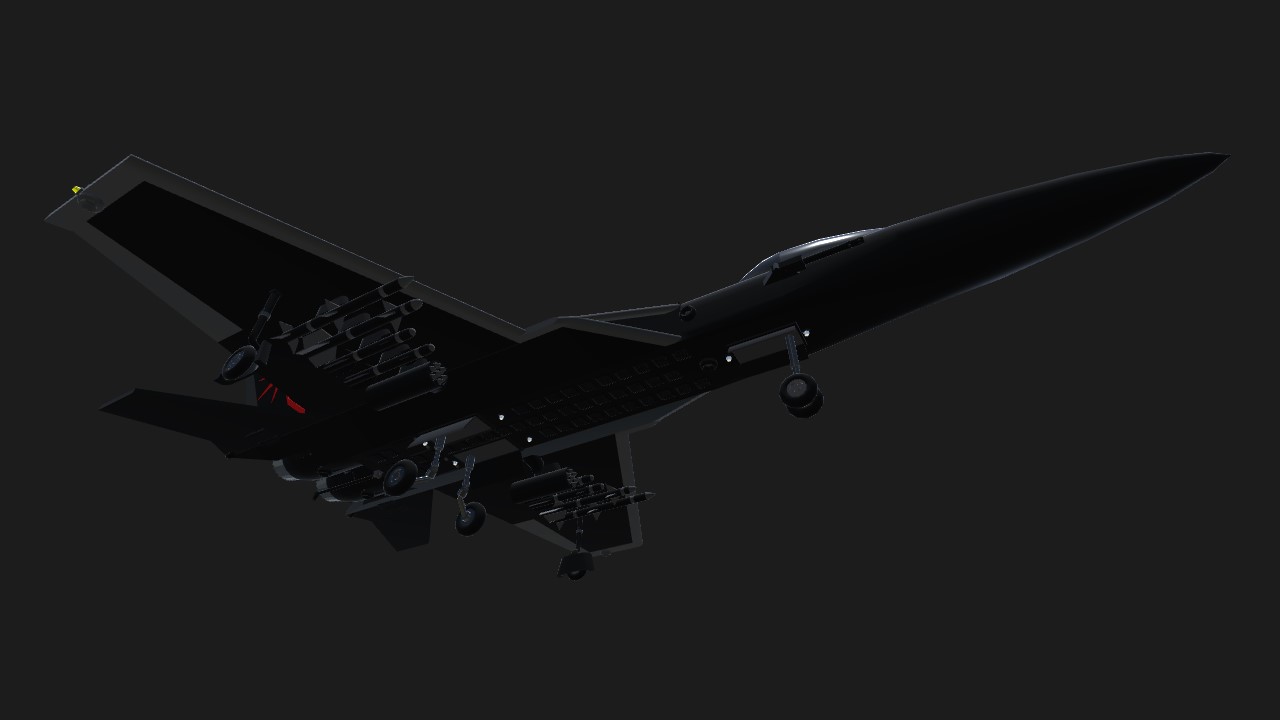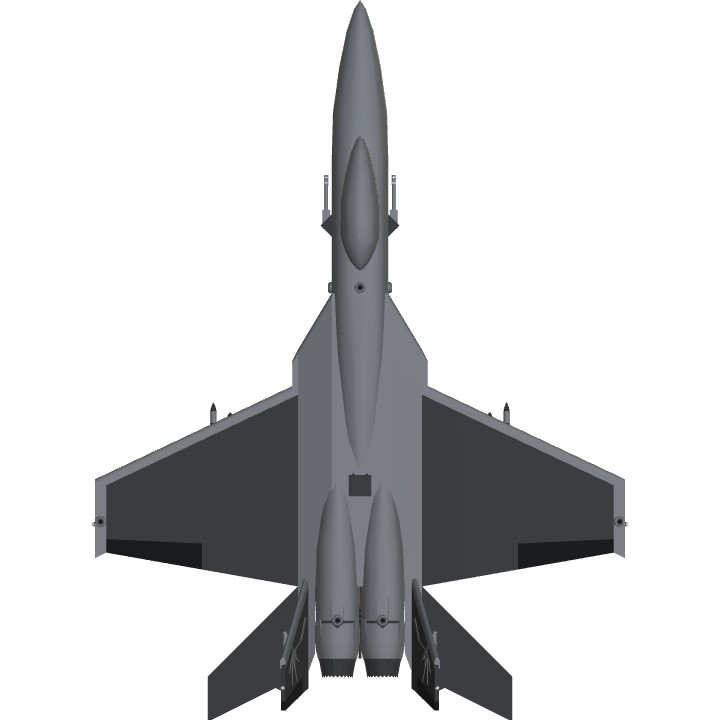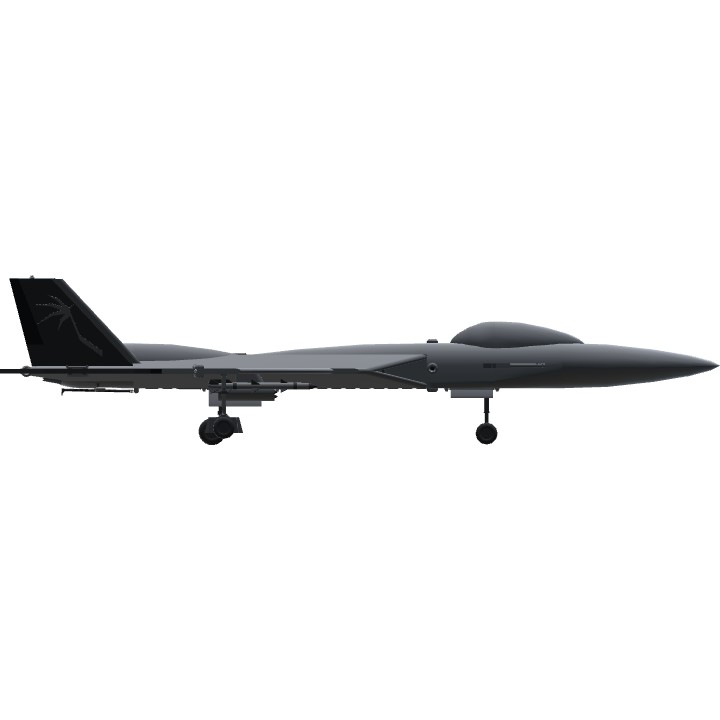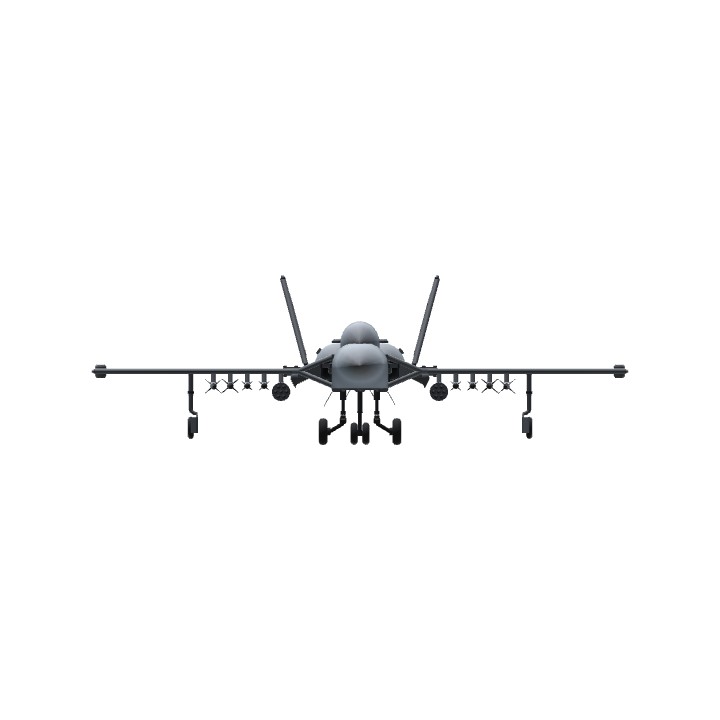UPDATE:
N/A
NOTE:
This aircraft is a "recolor" of a previously submitted aircraft meant for a different head canon series.
HISTORY:
Dragon Tactical not only utilizes existing military hardware, but it also participates in the development of new hardware via a first-party engineering corps. This is their latest project, the XF-19 Hunter. Th XF-19 is designed to fill in the technology gap between the F-18 and F-22. A cheap and reliable jet fighter with an emphasis on dog-fighting and super cruise capabilities. There are multiple features that grant the XF-19 abilities that no other jet fighter has. The dual jet engines are some of the most powerful in existence, they possess a power-to-weight ratio that rival rocket engines of the same size and yet they are incredibly light. The avionics system is composed of minimalist non-network based electronics that are robust, easy to maintain, and immune to both electrical and cyber attacks. The dual machine guns fire 50 cal. rounds at 50 rounds per second, faster than most other aircraft guns of the same caliber. Last but certainly not least, the XF-19 is built out of a combination of composites and a new type of advanced metallic alloy. Dragon Tactical has designated this new alloy as "Xenium" and has claimed that it is more resilient to bullet fire than any other material typically used for the manufacturing of jets. The exact chemical composition is, of course, confidential information. There is currently only one functional XF-19 prototype in existence and it is being flown by Dragon Tactical's notorious ace pilot "Dreadwing".
ARMAMENT:
14x short ranged unguided air-to-ground rockets
4x medium ranged radar guided fire-and-forget air-to-ground inferno missiles
2x medium ranged radar guided air-to-air guardian missiles
2x long ranged radar guided fire-and-forget air-to-air interceptor missiles
Dual 50 .cal vulcan machine guns
OPERATION INSTRUCTIONS AND ADVICE:
Action group 1 engages the main thrust engines.
Action group 2 engages the gyroscope.
Action group 3 engages the VTOL engine.
Action group 4 engages the VTOL RCNs.
Action group 5 illuminates the exterior lights.
Do not pitch down too hard and too fast while launching any missiles or rockets, otherwise they might collide with the craft mid-flight and destroy it.
To use the VTOL, first engage action groups 2, 3, and 4. Next, throttle up until the craft starts levitating upward. Once a suitable altitude has been reached, rotate the VTOL nozzles backward (VTOL slider up) to push the craft forward. Then drop the throttle all the way down, deactivate action groups 1, 2, and 3, and activate action group 1. This step must be done relatively quick. While action group 1 is engaged, throttle back up again to start flying forward.
The RCNs (AG4) can be activated at any time, they can help maneuver the craft even when not in VTOL mode. This would be useful while flying in regions with low air density.
Specifications
General Characteristics
- Created On Windows
- Wingspan 39.0ft (11.9m)
- Length 52.4ft (16.0m)
- Height 12.3ft (3.8m)
- Empty Weight 12,072lbs (5,476kg)
- Loaded Weight 14,849lbs (6,735kg)
Performance
- Power/Weight Ratio 5.448
- Wing Loading 37.0lbs/ft2 (180.5kg/m2)
- Wing Area 401.6ft2 (37.3m2)
- Drag Points 6372
Parts
- Number of Parts 189
- Control Surfaces 4
- Performance Cost 1,099

